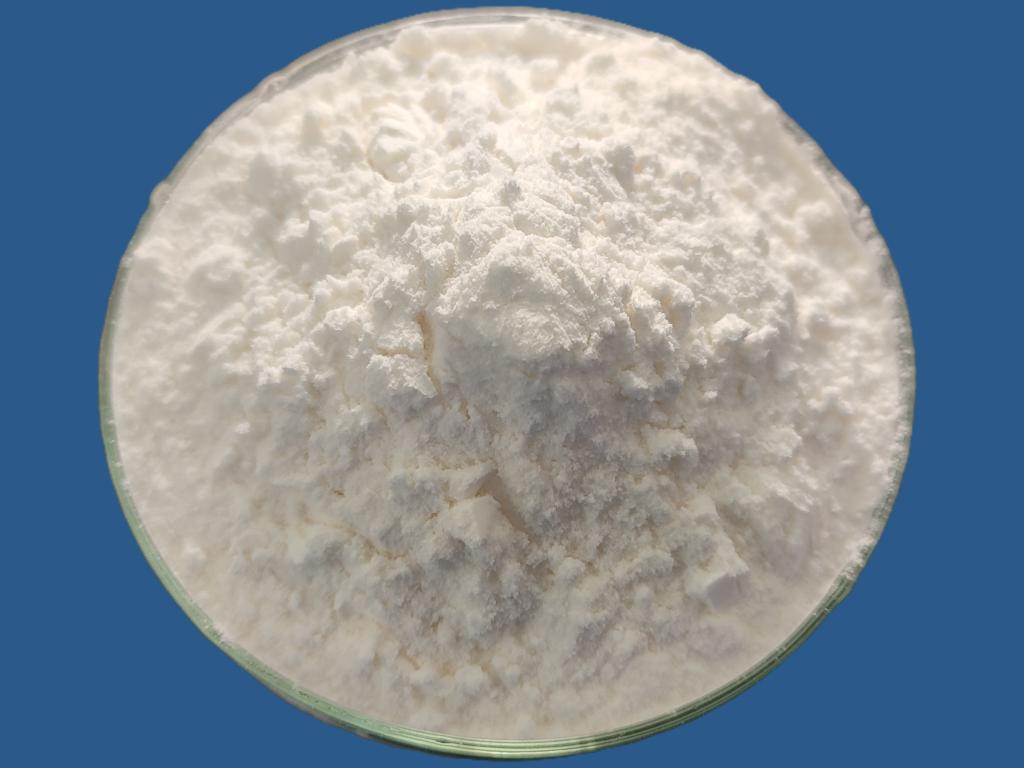Tel:0086 18231198596

News
Is ε-Polylysine hydrochloride effective against food spoilage caused by enzymes or oxidation?
TIME:2023-06-02
Introduction:
Enzymatic and oxidative food spoilage can lead to quality deterioration and pose health risks to consumers. This section outlines the importance of controlling enzymatic and oxidative spoilage in food products and the need for effective preservatives to combat these challenges.
ε-Polylysine Hydrochloride as an Antimicrobial Agent:
ε-Polylysine hydrochloride, derived from microbial fermentation, is a natural antimicrobial agent with potential applications in food preservation. This section provides an overview of the structure, mode of action, and safety profile of ε-Polylysine hydrochloride, emphasizing its suitability for inhibiting enzymatic and oxidative spoilage.
Enzymatic Food Spoilage:
Enzymes, naturally present in food or produced by microorganisms, can lead to food spoilage by catalyzing undesirable reactions. This section examines the effectiveness of ε-Polylysine hydrochloride in inhibiting specific enzymes responsible for food deterioration, such as proteases, lipases, and amylases. The mechanisms of inhibition and the impact of ε-Polylysine hydrochloride on enzymatic activity are discussed.
Oxidative Food Spoilage:
Oxidation processes, including lipid oxidation and enzymatic browning, contribute to the deterioration of food quality. This section explores the efficacy of ε-Polylysine hydrochloride in inhibiting oxidative reactions, such as lipid peroxidation and enzymatic browning. The mechanisms of antioxidant activity and the impact of ε-Polylysine hydrochloride on oxidative processes are examined.
Application Methods:
The effectiveness of ε-Polylysine hydrochloride in inhibiting enzymatic and oxidative spoilage depends on its application methods. This section discusses the optimal concentrations, incorporation techniques, and delivery systems for ε-Polylysine hydrochloride to maximize its efficacy in different food matrices.
Synergistic Effects with Other Preservatives:
Combining preservatives can enhance their efficacy and provide a broader spectrum of antimicrobial activity. This section explores the potential synergistic effects of ε-Polylysine hydrochloride with other natural or synthetic preservatives against enzymatic and oxidative spoilage. Examples of synergistic combinations and the factors influencing synergy are discussed.
Stability and Compatibility:
The stability and compatibility of ε-Polylysine hydrochloride with food ingredients and processing conditions are important considerations for its effectiveness against enzymatic and oxidative spoilage. This section examines the stability of ε-Polylysine hydrochloride under different storage and processing conditions and its compatibility with various food components.
Regulatory Considerations and Safety:
The regulatory status and safety of ε-Polylysine hydrochloride as a food ingredient are crucial factors for its widespread use. This section provides an overview of the regulatory approvals for ε-Polylysine hydrochloride in different countries and regions. The safety aspects, including toxicological evaluations and potential allergenicity, are discussed.
Challenges and Future Directions:
Despite the promising potential of ε-Polylysine hydrochloride in inhibiting enzymatic and oxidative spoilage, certain challenges exist. This section addresses the limitations and potential hurdles, such as formulation compatibility, sensory effects, and cost considerations. It also highlights future research directions to optimize the efficacy and application of ε-Polylysine hydrochloride in combating enzymatic and oxidative food spoilage.
Conclusion:
ε-Polylysine hydrochloride shows potential as an effective natural preservative against enzymatic and oxidative food spoilage. Its inhibitory effects on specific enzymes and oxidative processes make it a promising solution for preserving food quality. However, further research, optimization, and regulatory approvals are necessary to fully explore its applications and ensure its safe and successful implementation in the food industry.

 CONTACT
CONTACT




